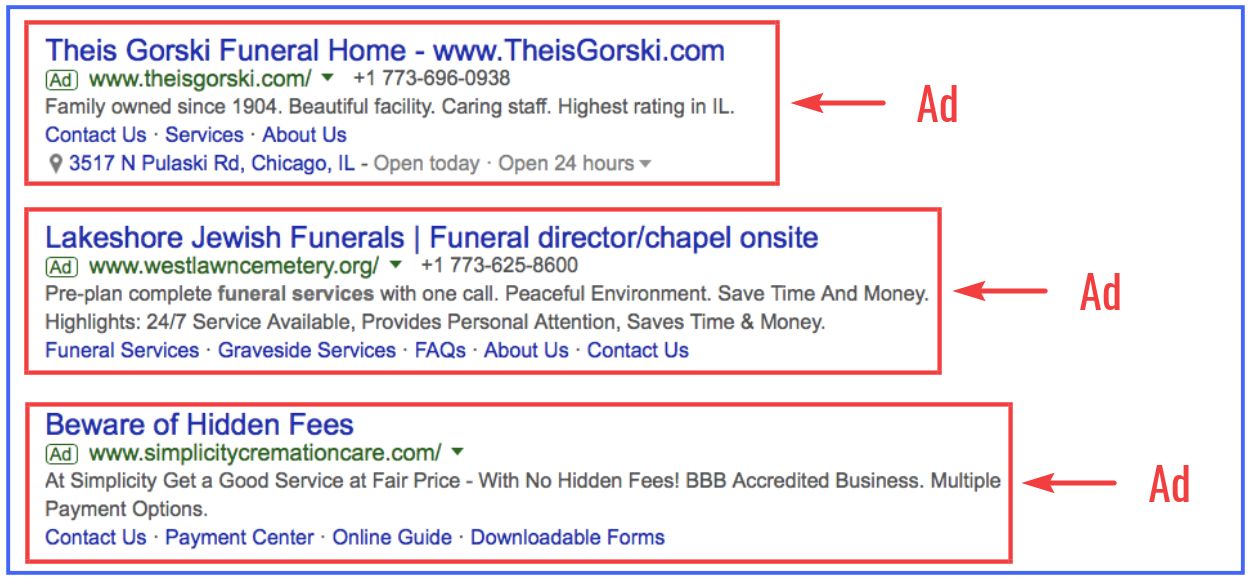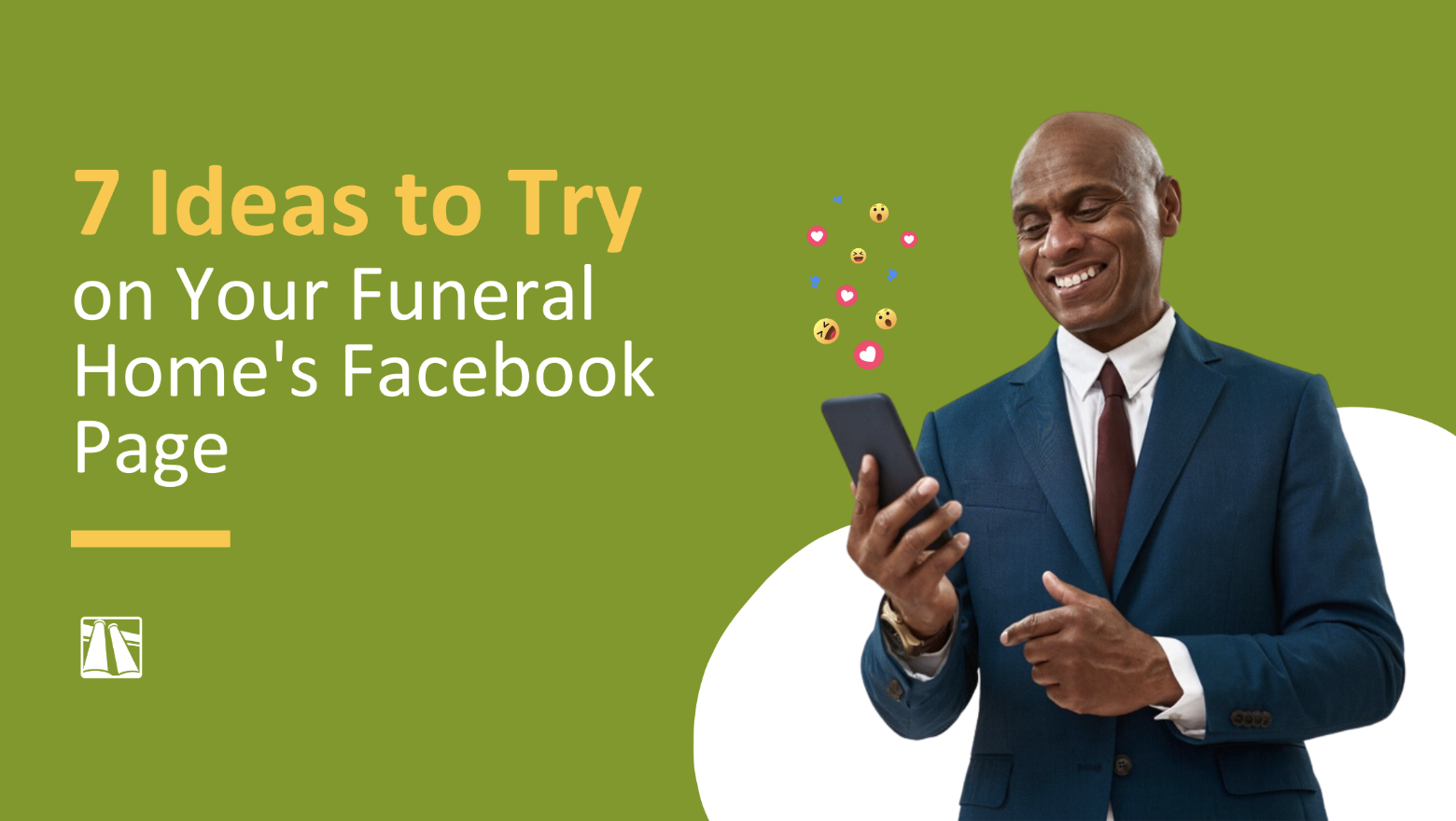How to Write LinkedIn Emails that Get Responses
Crafting the perfect introduction message on Linkedin.
Here are some of the best ways to connect with your future prospects online.
Subject line do’s and don’ts
You can’t make your case if they don’t open your InMail. Subject lines are the first impression you make and shouldn’t be neglected. Subject lines need to be concise, motivating, and if possible, personal. Give your candidate a reason to read on.
Good subject lines make a quick, personal connection. Here is an example, which makes you less of a stranger:
“Hello from a fellow tennis player.”
Most people list outside interests on their LinkedIn profile. By mentioning this in your subject line, you tap into a personal passion and show you’ve done your research – a great way to stand out from email cold calls.
Keep subject lines as short as four or five words. Short works best on mobile – which is quickly becoming the norm.
Messages: People respond to personal connections. You gave them a reason to open the InMail. Now give them a reason to respond. Again, the best strategy is to make a personal connection. Wherever possible, show the prospect you’ve done your homework.
Fun fact: People who follow your company on LinkedIn are 81% more likely to respond, and a prospect, is 46% more likely to accept an InMail if they’re connected to someone who works at your company.*
Flattery works
Studies show that people are more motivated to help others when they’re recognized for their strengths. Since you’ve identified a worthy lead, let them know what makes them special.
Keep it short
InMail messages over 200 words tend to get lower response rates, and InMail messages less than 100 words tend to get higher response rates.*
Recap:
• Don’t give too much information, but make sure to give enough.
• Show that you’ve done your research by making it personal.
• Find something in common with each candidate and use that in
your message: interests, hobbies, LinkedIn Groups, employers, etc.
• Time your sends to when they will be acted upon.
Between 9 am. and 10 am. on a weekday often receives higher
response rates.*
• Keep subject lines short, catchy, specific, and enticing.





